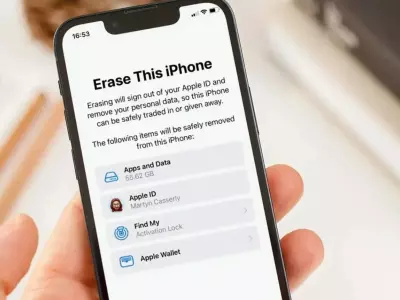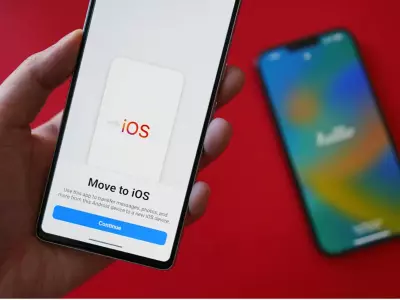What displays does Apple use in its iPhone models?
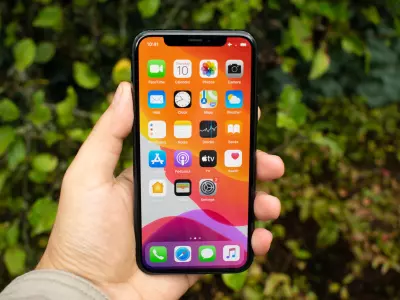
The display is one of the most important things we consider when choosing a smartphone. It determines not only the image quality, but also the overall user experience. Apple has always been a leader in developing high-quality screens that offer bright colors, high resolution and excellent visibility in all conditions.
In this article, we will look at what displays Apple uses in its iPhone models, what their advantages are and how they differ from each other. If you are wondering which iPhone model to choose based on the screen, this information will be useful to you.
1. Retina Display
Apple introduced the Retina display for the first time with the iPhone 4 in 2010. The basic concept was clear - the pixel density should be so high that the human eye could not distinguish individual pixels from a normal distance.
Technology: LCD (IPS)
Resolution: varies by model
Density: over 300 ppi
Advantages:
✅ Bright and accurate colors
✅ Excellent readability
✅ Good energy efficiency
2. Liquid Retina Display
Liquid Retina is an advanced version of the Retina display used in the iPhone XR, iPhone 11 and some iPad models. It offers improved viewing angles and more natural colors.
Technology: LCD (IPS)
Resolution: e.g. 1792x828 on the iPhone XR
Supports: True Tone and Haptic Touch
Advantages:
✅ Better viewing angles
✅ More natural colors
✅ Lower price compared to OLED displays
3. Super Retina Display
With the iPhone X, Apple introduced the Super Retina display, which uses OLED technology and set a new standard for the quality of smartphone displays.
Technology: OLED
Resolution: e.g. 2436x1125 pixels on iPhone X
Contrast: 1,000,000:1
HDR support
Benefits:
✅ Deep blacks
✅ Impeccable contrast
✅ Lower power consumption in dark themes
4. Super Retina XDR Display
The next step in the evolution of Apple displays was introduced with the iPhone 11 Pro and further developed in newer models. Super Retina XDR offers even higher brightness and contrast.
Technology: OLED
Brightness: up to 1200 nits (HDR)
Contrast: 2,000,000:1
Supports: Dolby Vision and HDR10
Pros:
✅ Exceptional clarity and detail
✅ Impressive HDR effects
✅ Lower power consumption in dark themes
5. ProMotion Display (120Hz)
Starting with the iPhone 13 Pro, Apple introduced ProMotion technology, which offers a refresh rate of up to 120Hz. This significantly improves the smoothness of images and the user experience.
Technology: OLED (Super Retina XDR) + ProMotion
Smoothness: up to 120 frames per second
Adaptivity: adjusts the frequency according to the content
Advantages:
✅ Smoother scrolling and animations
✅ Faster response in games and work
✅ Optimized battery consumption
6. iPhone display comparison table
Display type
Technology
Contrast
Brightness
Special features
Retina
IPS LCD
~1400:1
~625 nits
True Tone
Liquid Retina
IPS LCD
~1400:1
~625 nits
True Tone, Haptic Touch
Super Retina
OLED
1,000,000:1
~800 nits
HDR10
Super Retina XDR
OLED
2,000,000:1
up to 1200 nits
Dolby Vision, HDR10
ProMotion Display
OLED + 120Hz
2,000,000:1
up to 1000/1600 nits
Adaptive Refresh
Finally, we can summarize that Apple has always relied on quality displays that provide a great visual experience. From the classic Retina LCD screens to the most modern Super Retina XDR with ProMotion, the company offers solutions for different user needs and budgets. No matter which iPhone model you choose, you can be sure of one thing - you will be looking at one of the best displays on the market.
And on the Hop.bg website you will find a variety of iPhone models with all these displays - new and refurbished, with a warranty and professional consultation. Visit our stores in Sofia, Plovdiv, Pleven, Varna and Ruse and see for yourself the quality of the wide variety of products we offer.
Previous post Next postLast publications
Last publications
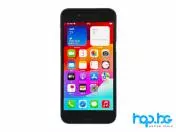
SmartphoneApple iPhone SE (2022) 64GB Midnight
- Hexa-core (2x3.22 GHz Avalanche + 4x1.82 GHz Blizzard)
- 4GB
- 64GB
- Apple GPU (4-core graphics)
17300 €
15300 €
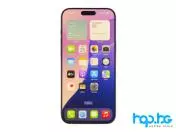
SmartphoneApple iPhone 16 Pro Max 256GB Black Titanium
- Hexa-core (2x4.04 GHz + 4x2.20 GHz)
- 8GB
- 256GB
- Apple GPU (6-core graphics)
102000 €
96900 €

LaptopDell XPS 13 9360
- Intel Core i5-7200U (3M, 2.50 GHZ, up to 3.10 GHz)
- 8GB DDR3
- 256GB SSD
- Intel HD Graphics 620
27500 €
24000 €
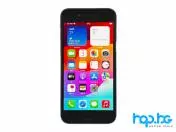
SmartphoneApple iPhone SE (2022) 64GB Midnight
- (2x3.22 GHz Avalanche + 4x1.82 GHz Blizzard)
- 4GB
- 64GB
- Apple GPU (4-core graphics)
17300 €
15300 €

LaptopApple MacBook Pro A2485 (2021) Space Gray
- М1 MAX Ten-core3.49 GHz (8 performance cores, 2 efficiency cores)
- 32GB DDR5
- 512GB SSD
- Apple M1 Max (24 core GPU)
153100 €
122400 €




